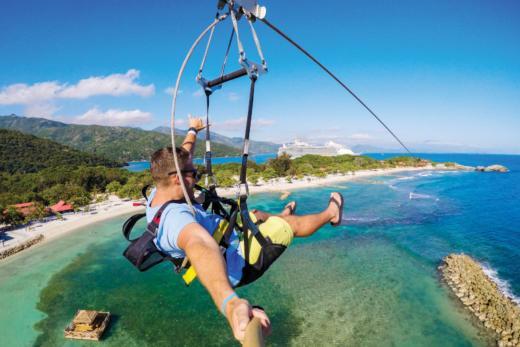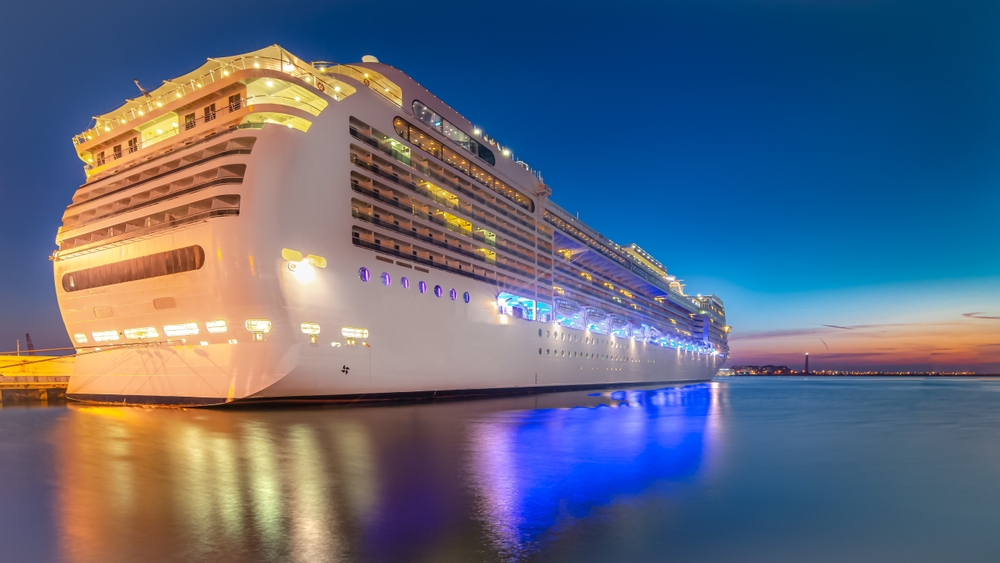
Stepping onto a cruise ship is an exciting adventure, but for first-time cruisers, the unfamiliar terminology can be a bit overwhelming. Cruise ships have their own jargon, and knowing these terms can make your trip smoother and more enjoyable.
Imagine trying to find your stateroom but not knowing the difference between “aft” and “forward,” or hearing an announcement about a “muster drill” and wondering what it means. While navigating the ship, planning onboard activities, or disembarking at a port, understanding essential cruise terms help you feel more confident and prepared.
This guide is designed to demystify cruise lingo so you can make the most of your voyage. By the time you set sail, you'll be speaking the language of cruising like a pro.
Onboard Basics – Understanding the Ship Itself
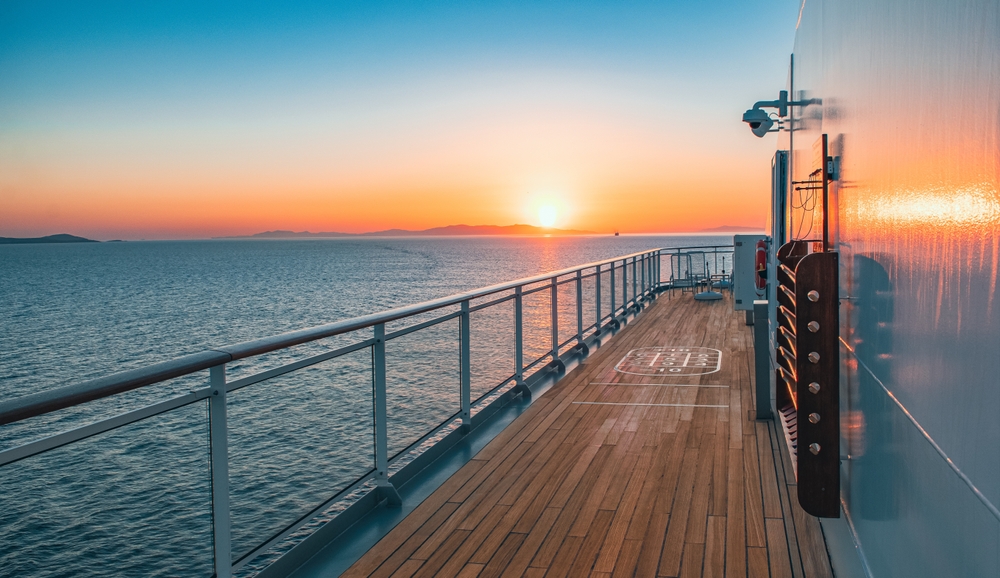
When moving about the ship, you’ll often hear the terms aft and forward. Aft refers to the back of the ship, while forward means the front. Similarly, when facing forward, the port side is to the left, and the starboard side is to the right. These directions are used frequently by crew members and can be helpful when navigating to your stateroom or public areas.
To get a better understanding of the ship’s layout, guests can refer to the deck plan, which outlines where key locations are, including restaurants, entertainment venues, and lounges. When it comes to accommodations, you’ll hear the terms stateroom and cabin, which are interchangeable and refer to your onboard room.
Before departure, all guests must participate in a muster drill, a mandatory safety exercise that familiarizes passengers with emergency procedures and designated muster stations. This drill is a critical part of cruise safety regulations.
Many guests spend time on the lido deck, home to pools, hot tubs, and casual dining spots. Meanwhile, the bridge is where the captain and officers control the ship’s navigation and operations.
Dining & Drink Terminology
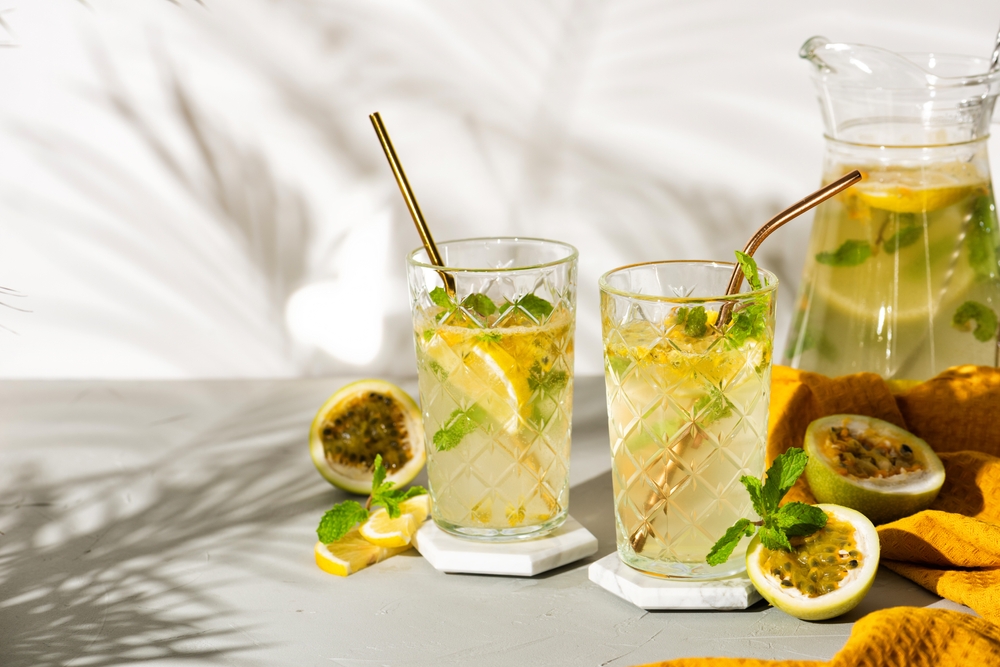
The main dining room (MDR) is the primary sit-down restaurant onboard, where guests enjoy multi-course meals at no extra charge. Depending on the cruise line, guests can choose open seating, which allows flexible dining times, or assigned seating. This is where you’ll have a designated table and set dining schedule each evening.
For a more exclusive experience, many ships offer specialty dining, which includes high-end restaurants serving gourmet meals for an additional fee. These venues often feature celebrity-chef partnerships or themed cuisines such as steakhouses, Italian trattorias, or sushi bars.
If you prefer a more casual setting, the buffet is a self-serve dining option offering a wide variety of international dishes. In contrast, à la carte dining allows guests to order individual menu items, typically found in specialty venues or premium cafes.
To complement your meals, many cruise lines offer drink packages, which allow unlimited beverages, including soft drinks, beer, wine, and premium cocktails, for a set price. For those looking to try something new, the cocktail of the day is a rotating special drink, often inspired by the destinations on your itinerary.
Entertainment & Activities Lingo
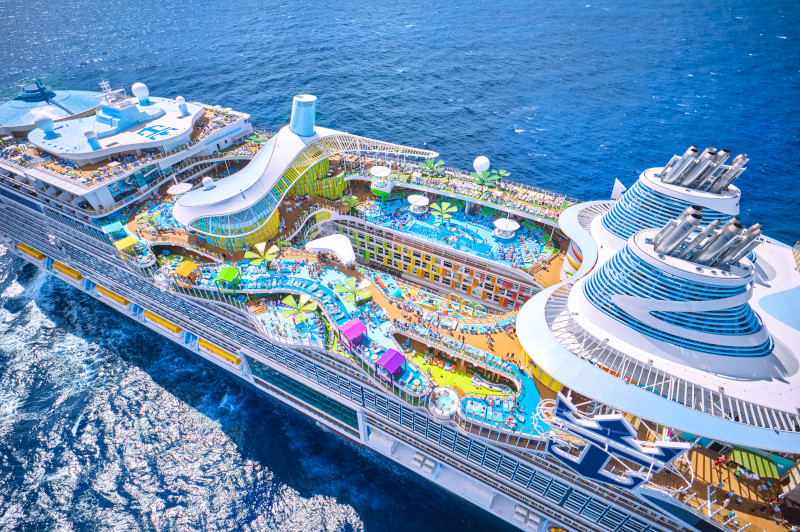
The cruise director is the energetic leader in charge of entertainment, ensuring that guests have a fun-filled experience. Each day, passengers receive a daily program—such as the Cruise Compass or Freestyle Daily—outlining all scheduled activities, from trivia and dance classes to live shows and pool games.
Many cruises host theme nights, where guests can dress up and participate in special parties, such as White Night, 80s Night, or Pirate Night. These events create a lively atmosphere and offer unique photo opportunities.
When the ship arrives at a port, guests can book a shore excursion, which is an organized tour or activity arranged by the cruise line. Excursions can range from guided city tours and cultural experiences to adventurous activities like zip-lining and snorkeling.
How you disembark at a port depends on whether the ship is docked or using a tender. If the ship is docked, passengers can walk directly ashore. If tendering, smaller boats ferry guests from the ship to land.
Cabin & Crew Terms
 Your stateroom is your private retreat onboard, and your stateroom attendant (or cabin steward) plays an essential role in keeping it clean and comfortable. They provide daily housekeeping and may leave fun surprises like towel animals during turn-down service, where your bed is prepared for the night.
Your stateroom is your private retreat onboard, and your stateroom attendant (or cabin steward) plays an essential role in keeping it clean and comfortable. They provide daily housekeeping and may leave fun surprises like towel animals during turn-down service, where your bed is prepared for the night.
While onboard, you’ll use a SeaPass or Sail & Sign card, which serves as your room key, onboard payment method, and identification for embarking and disembarking the ship. Instead of carrying cash, purchases like drinks , specialty dining, and souvenirs are charged to this card.
Cruise accommodations come in several categories.
- An inside stateroom is the most affordable option, offering no windows.
- An oceanview stateroom has a porthole or window for natural light, while a balcony stateroom provides a private outdoor space.
- For a more luxurious experience, suites offer extra space and exclusive perks.
Nautical & Safety Terms

A few basic nautical and safety terms can enhance your cruising experience.
- The speed of a ship is measured in knots, with one knot equal to about 1.15 miles per hour. As the ship moves, it leaves a wake, the visible trail of waves behind it.
- Boarding and exiting the ship is done via the gangway, a ramp or staircase connecting the ship to the pier.
- The process of embarkation refers to boarding the ship, while disembarkation refers to leaving, either at a port or at the end of the cruise.
One of the most important safety signals onboard is the emergency signal, which consists of seven short blasts followed by one long blast. This signal means passengers must proceed to their muster stations for further instructions.
Bon Voyage! Get Ready for Your Cruise
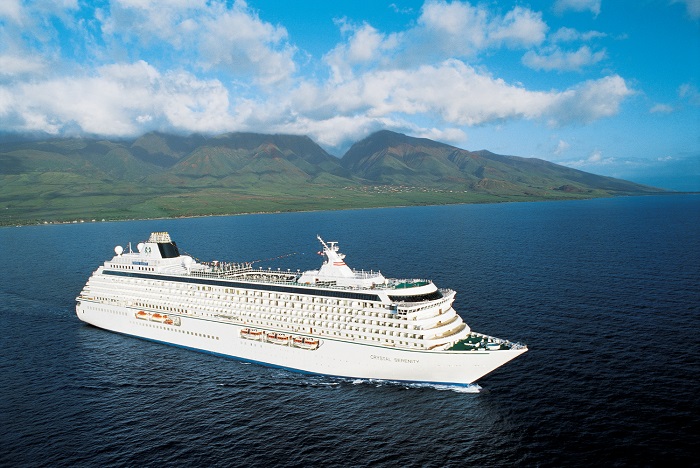
Learning cruise terminology might seem like a small detail, but it can make a big difference in your overall experience. As you plan your next adventure with CruiseDirect, keep this glossary handy to ensure smooth sailing. Have you come across any cruise terms that left you puzzled?
